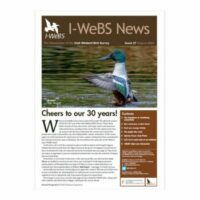
I-WeBS News 2023 (issue 27)
Newsletter of the Irish Wetland Bird Survey, published ahead of the 2023/2024 winter season.
Each winter close to 500 skilled volunteers, NPWS Rangers and BirdWatch Ireland staff survey waterbird populations and wetland sites across the Republic of Ireland. The Irish Wetland Bird Survey (I-WeBS) is coordinated by BirdWatch Ireland and funded by the National Parks and Wildlife Service.
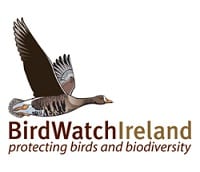

I-WeBS counters record waterbirds at wetland sites across the country during the winter ‘non-breeding’ season (September to March). The type of wetlands surveyed range from wet grasslands to large complex estuaries that hold thousands of birds, and everything in between. We’re always in need of new counters, so if you’d like to get involved and help monitor your local waterbirds, see ‘Get involved in I-WeBS’ below.
Hundreds of thousands of waterbirds spent the winter in Ireland, relying on our wetlands to feed and rest. Most of these birds spend the summer nesting in arctic regions (e.g. Greenland, Iceland, Scandinavia, Siberia) but fly south in the autumn as their breeding grounds freeze over. As Irish wetlands are so important for their survival, these wild birds and the habitats they rely on are protected by national and EU legislation. And so, I-WeBS exists to keep track of how these birds are faring. With this knowledge, informed conservation action can be taken.
The I-WeBS database holds detailed information on waterbirds from across Ireland over the last 25 years. This important information lets us know how each species is faring, what sites are most important for them, and examine changes over time so that appropriate protection and conservation actions can be put in place. The I-WeBS dataset is also used to evaluate potential impacts of local developments, inform national policy that may impact wetlands and waterbirds, and facilitate high-level research on topics such as climate change.
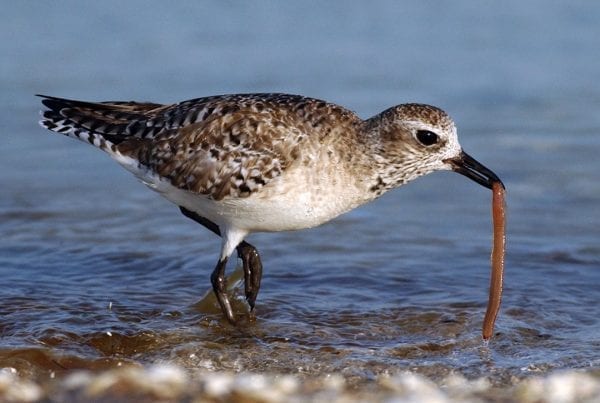 New IUCN report reveals plummeting migratory shorebird populations globally
New IUCN report reveals plummeting migratory shorebird populations globally
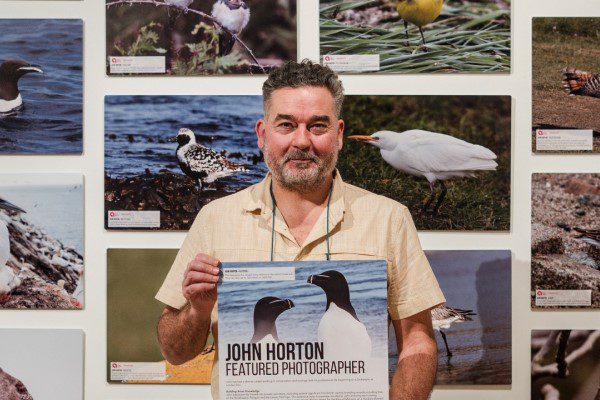 New Warden appointed at Cape Clear Bird Observatory
New Warden appointed at Cape Clear Bird Observatory

Newsletter of the Irish Wetland Bird Survey, published ahead of the 2023/2024 winter season.
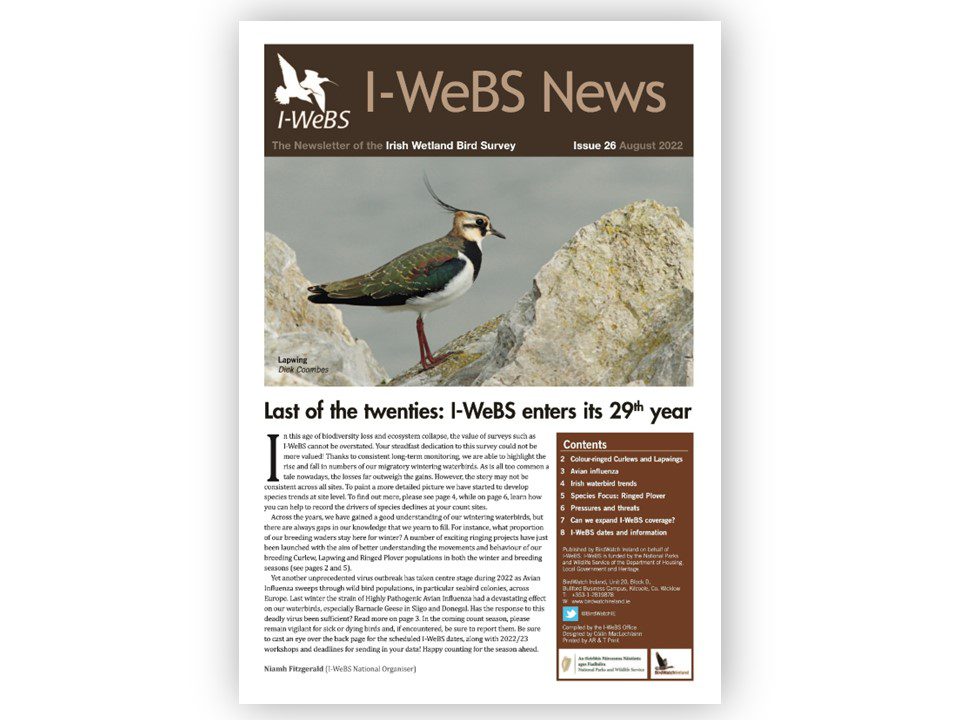
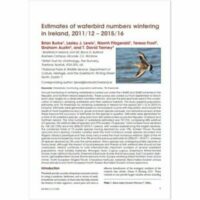
Updated waterbird population estimates to 2015/16 based on I-WeBS data from the Republic of Ireland and WeBS data from Northern Ireland, as published in Irish Birds.
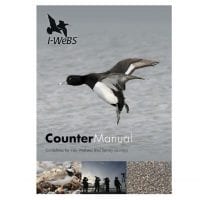
Counter manual detailing the methodology for taking part in counts for the Irish Wetland Bird Survey (I-WeBS).